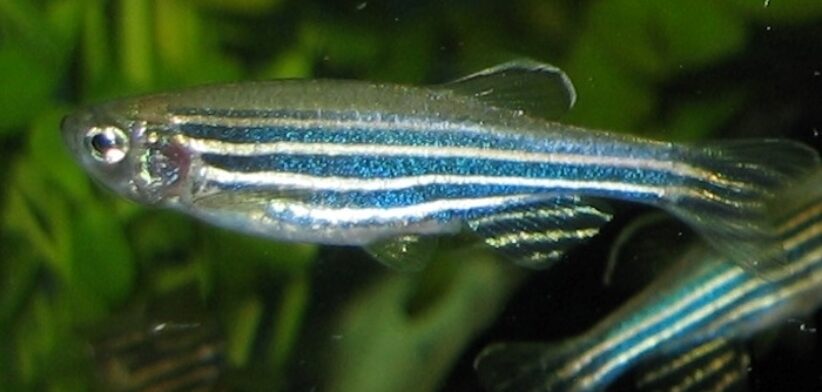Australian scientists have genetically engineered fish and flies which can break down one the most dangerous forms of mercury pollution.
The team from Sydney’s Macquarie University used genes from bacteria to show how the animals could be engineered to break down methylmercury and remove it from their bodies as a less harmful gas.
Synthetic biologist Kate Tepper said the development could offer new ways to tackle persistent mercury pollution in the environment.
Dr Tepper said methylmercury often built up in food and the environment because of industrial activities such as illegal gold mining and burning coal.
She said the team had successfully genetically modified fruit flies and zebrafish to transform methylmercury into a far less harmful gas that disperses in air.
“It still seems like magic to me that we can use synthetic biology to convert the most environmentally harmful form of mercury and evaporate it out of an animal.
“Compared to other forms of mercury in the environment, methylmercury causes the most environmental harm due to its high bioavailability and poor excretion. It can easily cross the digestive tract, the blood-brain barrier, and the placenta,” she said.
Dr Tepper said, because of this, methylmercury built up and became increasingly concentrated as it moved up through food webs.
She said species at the top of food webs, including humans, could gradually accumulate mercury at levels that caused harm to neural and reproductive health.
“Until now, we haven’t been able to access methylmercury once it enters food webs using current bioremediation methods. Our approach uniquely addresses this accumulated methylmercury.
“Releasing engineered animals that are near the bottom of food webs could help protect many other animals in the ecosystem.”
Read the full study: Methylmercury demethylation and volatilization by animals expressing microbial enzymes.








